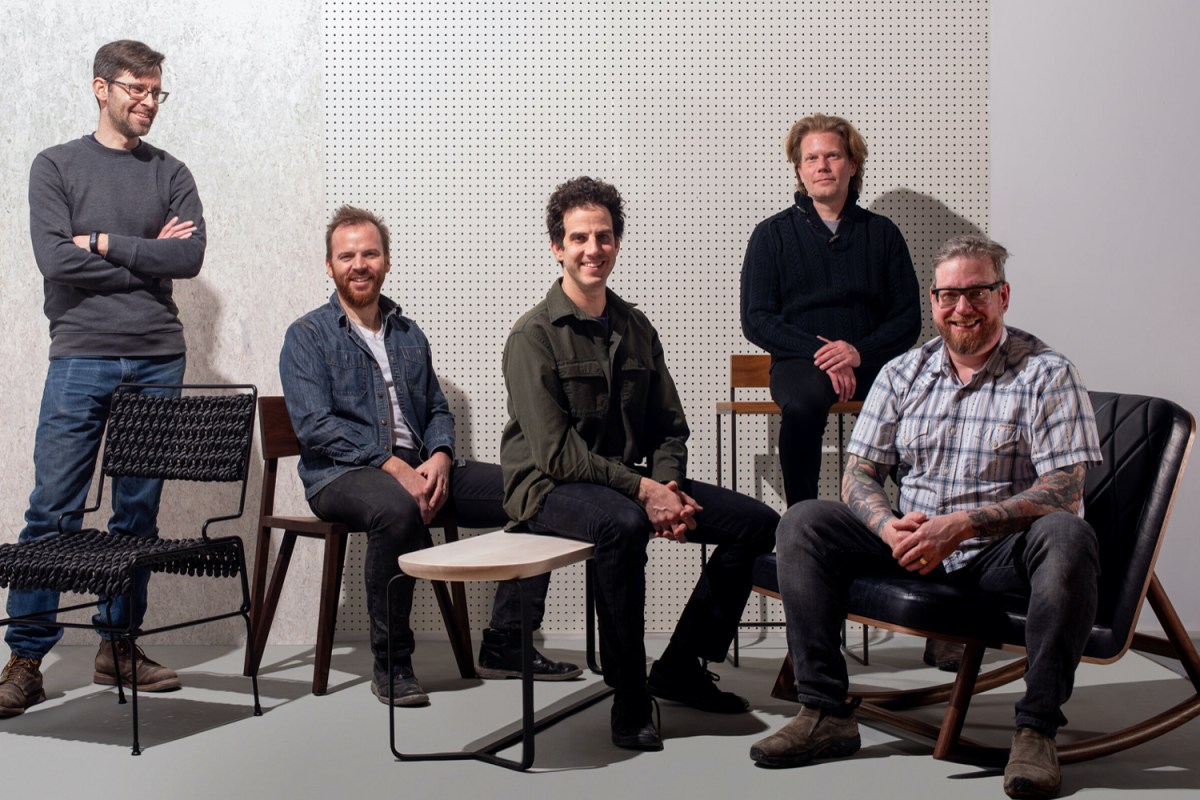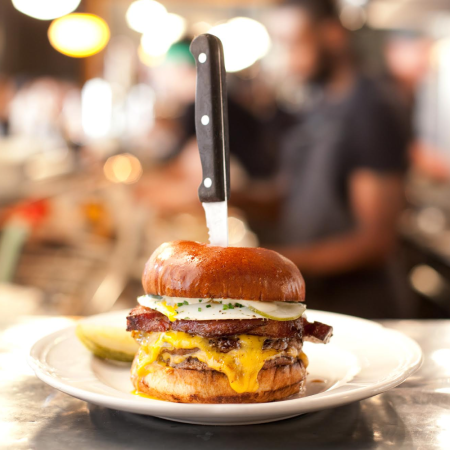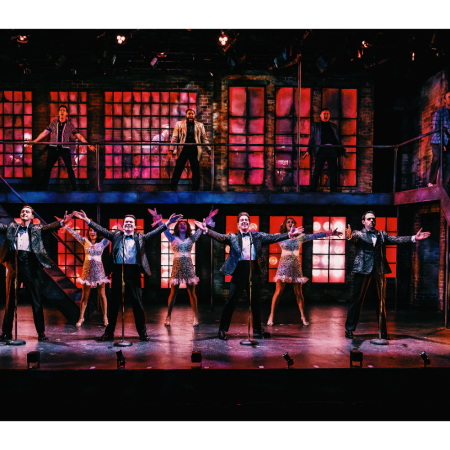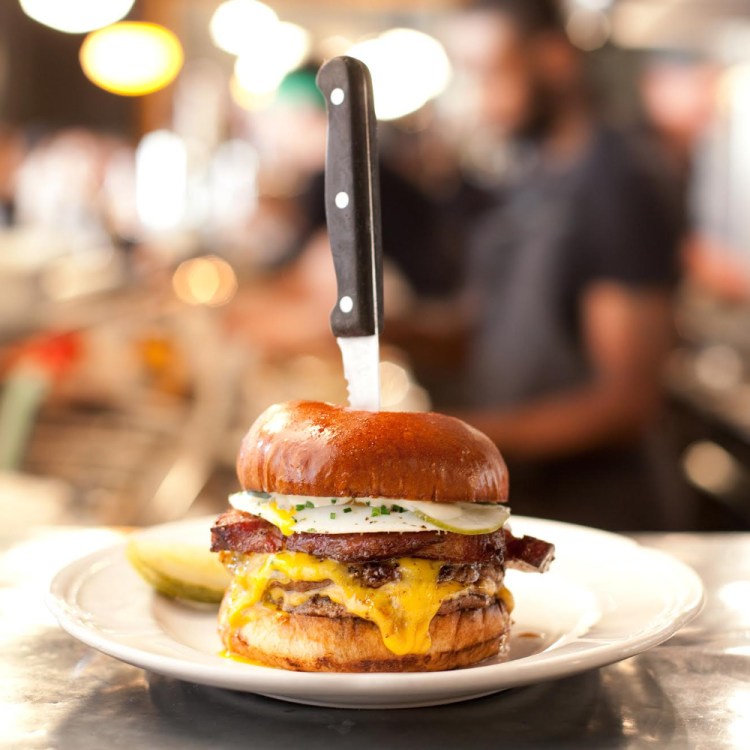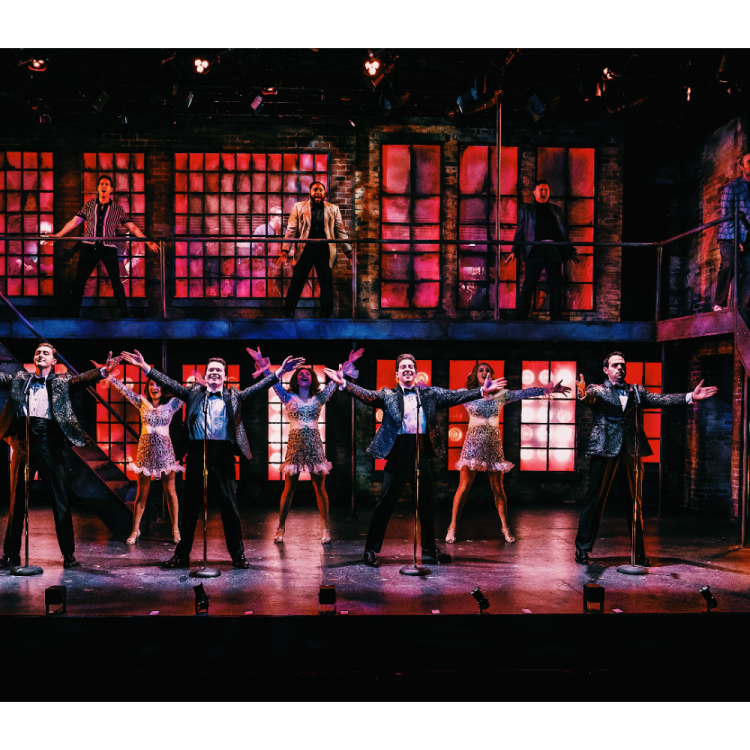Flip through any shelter magazine and it’s easy to think furniture designers have it made. After all, they often earn a pretty penny for what they do, and when decorators and architects steer their product to the right people — celebs, venture capitalists, e-commerce titans — they may get the star treatment themselves. But unlike innovators who can work their magic with little more than a computer, craft-driven creatives need space and tools to exercise their talents, which means considerable up-front costs before Architectural Digest comes calling.
Facing the unique challenges of their industry, Chicago designers Dan Sullivan, Seth Deysach, Andrew Kephart, Carson Maddox, Scott A. Patterson and Zak Rose set upon a plan that’s made sustaining a business easier for all of them, coming together under one roof as The Dock Six Collective.
“We had all been renting space in close proximity and were forced out due to rent increases,” relates Zak Rose, who has executed projects for artist Nick Cave and his partner, designer and communications whiz Bob Faust. “So we found a place to rent together, everyone brought their own small equipment, and began sharing the larger tools that some individuals had.”
Having enjoyed the synergy and cost-sharing that came from working side-by-side, the designers decided to find their own space when their shared rental (a former Hammond Organ factory in Chicago’s Hermosa neighborhood) was sold. After checking out a handful of properties, the group settled on an industrial building in the Belmont Cragin neighborhood on the city’s northwest side.
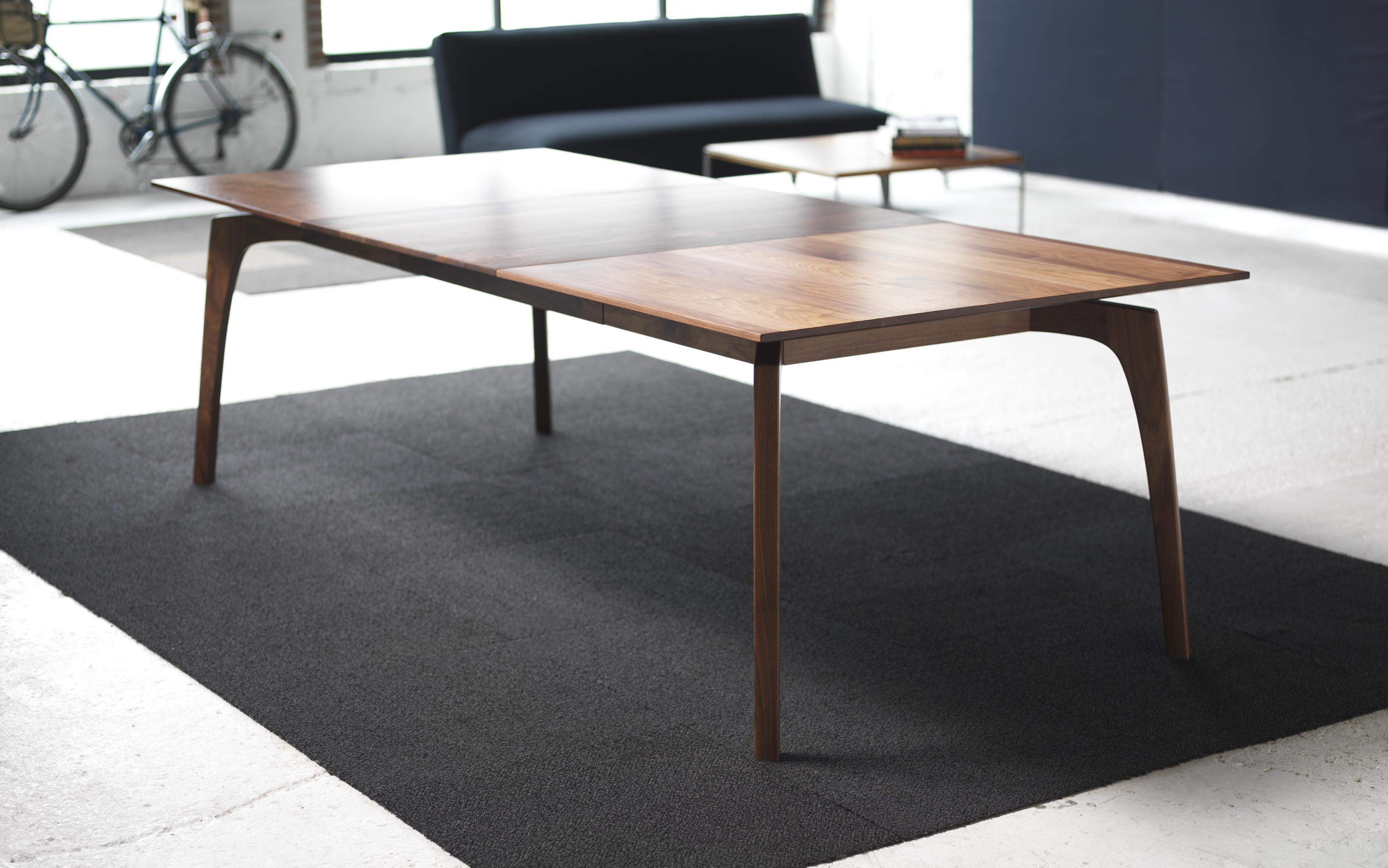
With more than 50,000 square feet on two floors and a loading dock, buying the former Whoopee Cushion plant was a no-brainer, suggests Seth Deysach, whose Lagomorph Design produces sophisticated cabinetry and built-ins. “We did, however, have to put in almost into the reconfiguration of the building as the purchase price. Lots of demo and general cleanup. New lighting, some HVAC, tons of electrical for our tools, a freight elevator and four new spray booths for wood finishing.” But as Dan Sullivan of Navillus Woodworks notes, “It’s safe to say, I wouldn’t be able to afford buying a building and outfitting it with a full woodshop, plus metal shop and finishing facility, without being able to share the financial and logistical burdens.”
“Andrew and Carson and Scott had a fair bit of stuff to start and over the next few years, I purchased a few key pieces that are for collective use,” says Deysach. “We all have continued to add pieces to the tool collection, both for our own individual shops, like our CNC routers, and for the collective. Some things the collective owns, like compressors and forklifts, but most large tools are individually owned and rented back to the collective.”
While each member maintains his own independent design business, working as peers under the same roof means more than sharing tools or overhead costs. This arrangement allows the crew to bounce ideas off of one another and join forces on projects from time to time.
“It’s fair to say that much of what I’ve learned about methods and materials used in this line of work has come directly from observing and collaborating with the partners,” shares Sullivan, whose sinuous seating graces the Northman Beer & Cider Garden along the Riverwalk. “The talents and knowledge of my partners, and the employees who work at Dock 6, inspire me to do better, smarter work. And bringing work to my partners, including them on projects large and small, has always been a high priority for me. Revival Foodhall features the talents of nearly all the partners at Dock 6. Collaborating allows us to take on larger projects and provide faster timelines, while keeping our businesses small and efficient.”
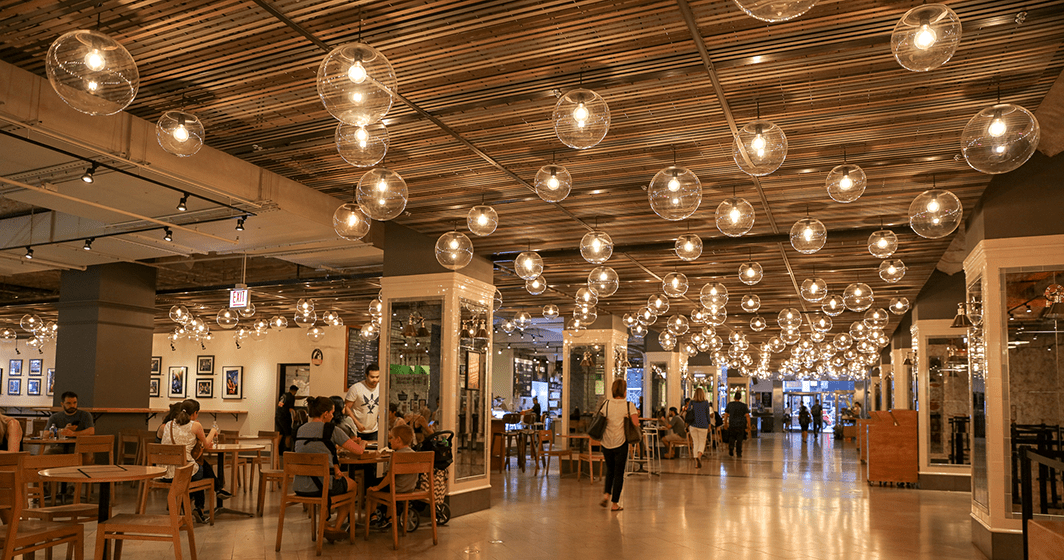
“This works because we trust each other,” says Rose. “We were lucky enough to find ourselves in the same place, with a similar outlook and similar goals. This shared vision and work ethic helped cement a partnership beyond sharing a space together. Collective work means that each individual shoulders a load, allowing more free flow of ideas, creativity and other positive work to happen.”
The group’s latest collaboration is The Dock Six Collection, a tight selection of seating, casegoods and shelving that offers a taste of the member’s individual styles and aesthetics. “We spent two years of Tuesday evenings discussing our own designs and the formation of the Dock 6 Collection, which we just officially launched this fall,” relates Deysach. “The critical feedback from this ongoing collaboration has really pushed our individual designs to places that would not have been possible otherwise.”
Creative types don’t always play nicely together. After all, when you work is more than just work, when it’s a matter artistic expression and a personal vision, it’s not easy to share, or compromise, or admit that someone may have a better idea than you do. But for the Dock 6 gang, the whole is greater than the sum of its parts.
“There’s nothing revolutionary about the idea or structure of the Collective,” states Sullivan. “It’s our shared experience and ambitions, as well as a mutual respect and belief that we are stronger as a group than individuals that has got us to this point. Differences are worked out, problems openly discussed, adjustments made to keep the working relationships healthy. These guys are my friends, the Collective is my family.”
This article was featured in the InsideHook Chicago newsletter. Sign up now for more from the Windy City.
